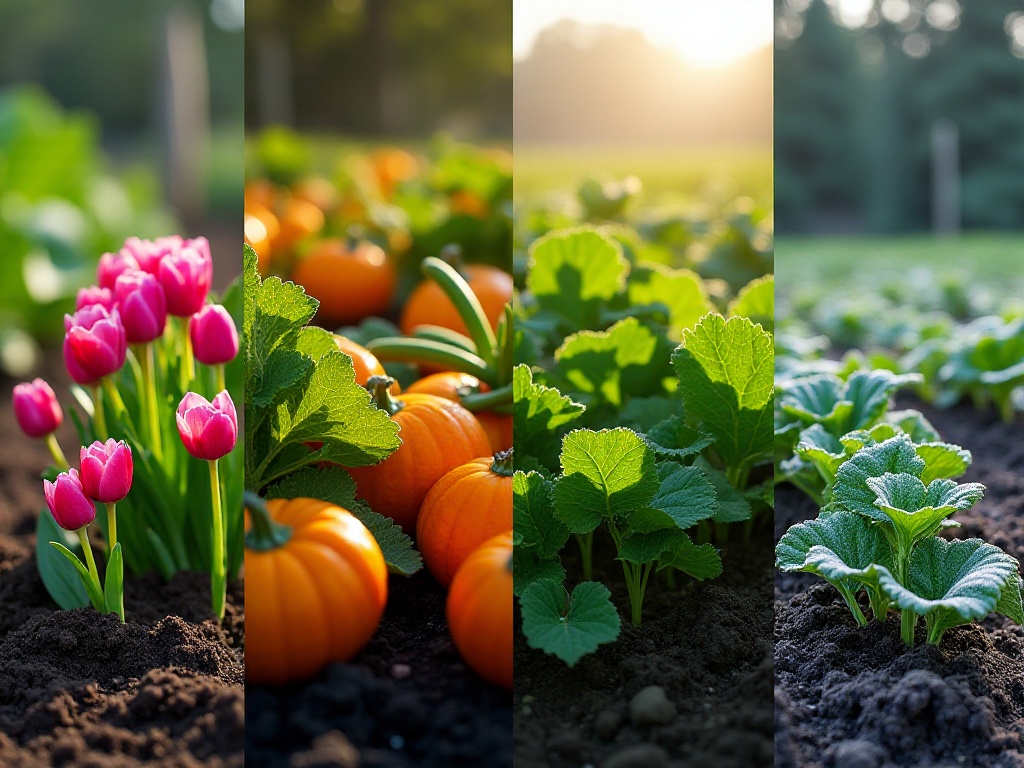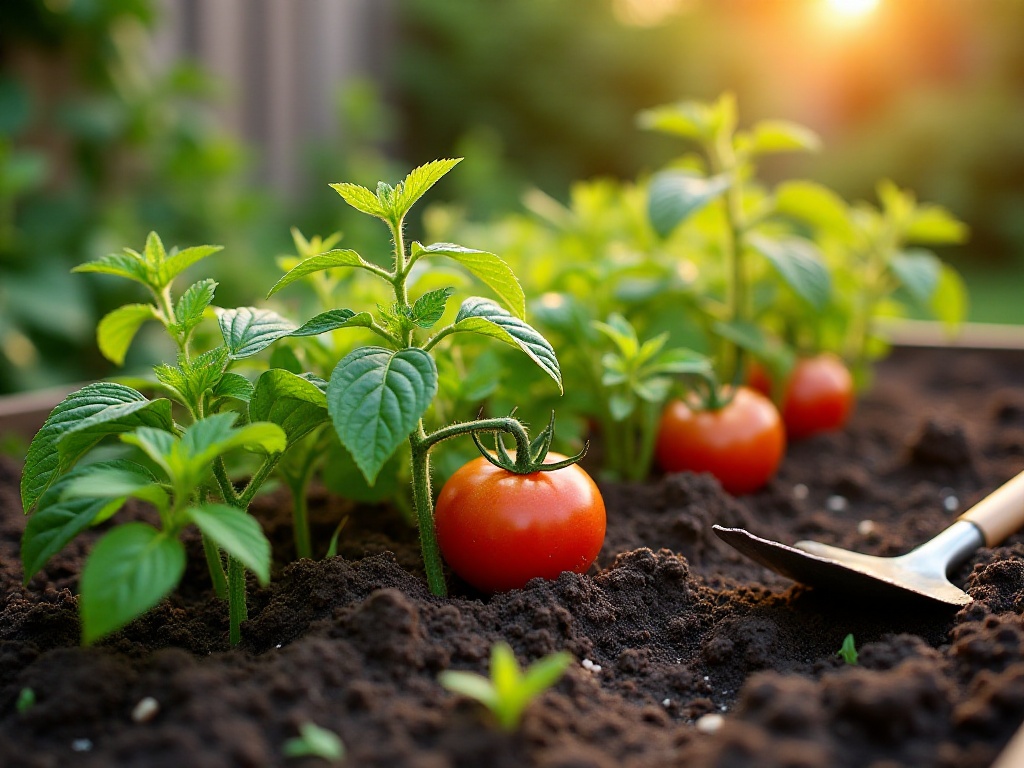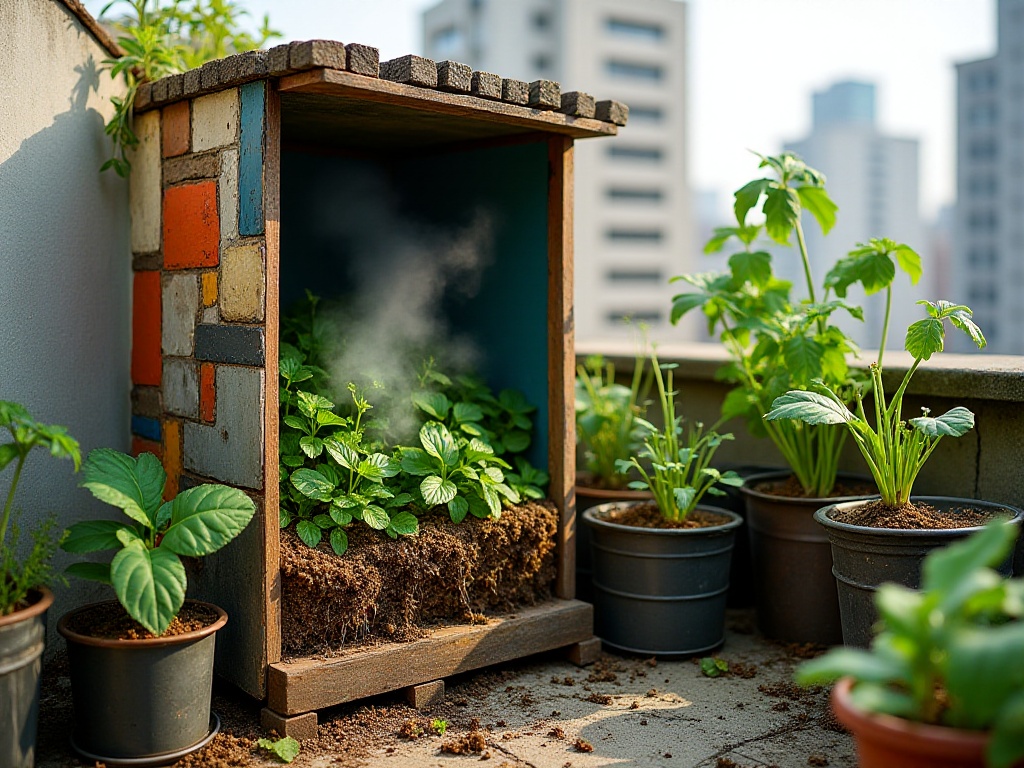
Rubber Bands
Have you ever used rubber bands sitting in your desk drawer? Actually, rubber bands aren't just for bundling documents or securing items - there's a very practical life hack I'd like to share with you.
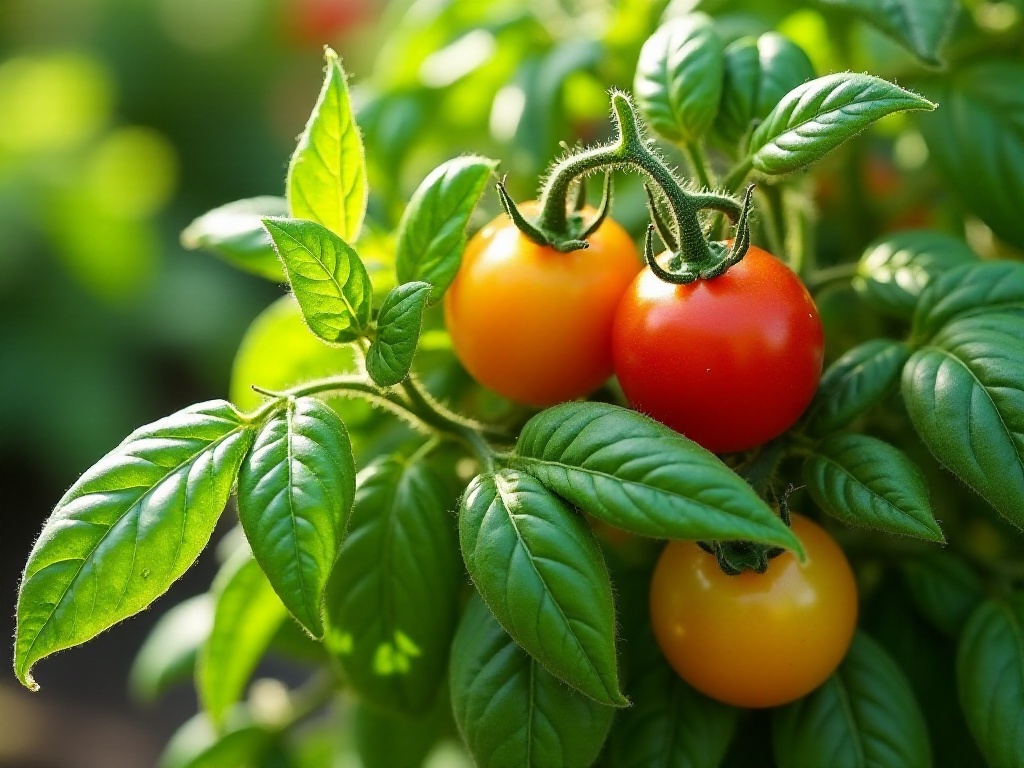
The Magic Use of Rubber Bands
Have you noticed how vegetables often roll around loosely in your refrigerator? Especially regularly shaped vegetables like carrots and celery that might unexpectedly roll out and startle you while you're looking for other items. Today, I'll teach you a simple yet practical method to keep your vegetables contained in the refrigerator and prevent them from rolling around.
Restraining Vegetables
Let's start with a bunch of carrots. Carrots, being long and cylindrical, tend to roll easily. After buying them, wash and dry the carrots, then take a rubber band and wrap it around the root end of the bunch. When wrapping, be careful with the tension - not too tight to damage the carrots, but not too loose that they fall apart. Then, place them neatly in your refrigerator's vegetable drawer.
What are the benefits of doing this? First, the carrots won't get damaged from rolling around. Second, being bundled together prevents them from scattering in the fridge, saving space and avoiding mutual compression damage. Third, bundled carrots are easier to manage - you can easily take them out without having to search through the entire refrigerator.
This method isn't just for carrots. The same approach works well for other long, easily scattered vegetables like celery, green onions, and Chinese chives. Imagine not having to search through your fridge when you need celery, trying to figure out which ones are fresh and which are wilting. When vegetables are bundled together, you can easily see their overall condition and access them whenever needed. Even better, bundled vegetables maintain their best shape without getting deformed from compression in the fridge.
Moreover, using rubber bands has an additional advantage: it helps save refrigerator space. Scattered vegetables not only take up more space but also make the fridge look disorganized. By bundling vegetables, you not only arrange them neatly but also maximize every corner of your refrigerator. For example, you can store multiple bunches of carrots in the same drawer, keeping them organized while allowing cold air to circulate evenly between them to maintain freshness.
In practice, you might discover that rubber bands aren't just useful for bundling vegetables - they can also secure other rolling items. For instance, fruits like apples, pears, or oranges that children love can be prevented from rolling around using rubber bands. This is especially important in summer when the fridge is full of fruits and drinks, making efficient space utilization crucial.
Additionally, using rubber bands can extend the shelf life of vegetables. Bundled vegetables have reduced surface area exposure to air, which decreases the rate of water evaporation, naturally extending their shelf life. This is particularly important during hot summer months when vegetables are prone to spoilage due to high temperature and humidity.
Of course, there are some details to keep in mind when using rubber bands. First, choose appropriately sized rubber bands - ones that are too thin might break, while those too thick might overly compress the vegetables. Second, make sure the rubber bands are long enough to wrap around several times to prevent slipping. Finally, regularly check the tightness of the bands, as they may loosen over time due to vegetable moisture, requiring adjustment or replacement.
Through this simple trick, you can not only keep your refrigerator neat and organized but also extend the shelf life of vegetables and reduce waste. It's also environmentally friendly since rubber bands are reusable, reducing the use of disposable items like plastic bags.
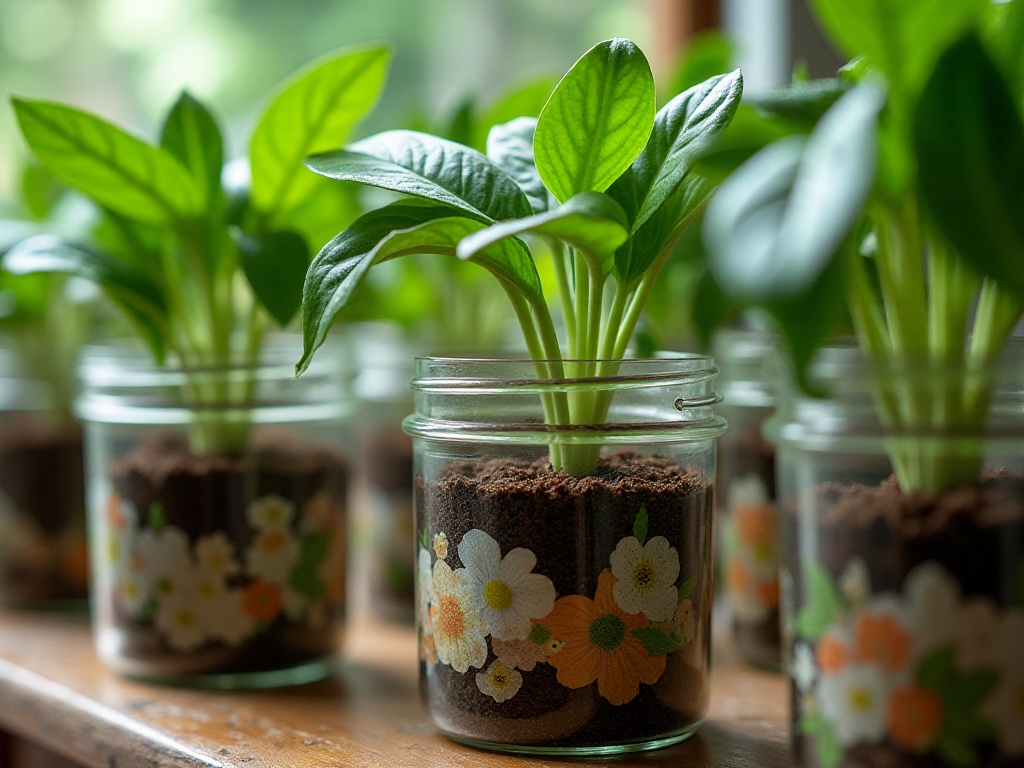
Growing Seedlings in Egg Cartons
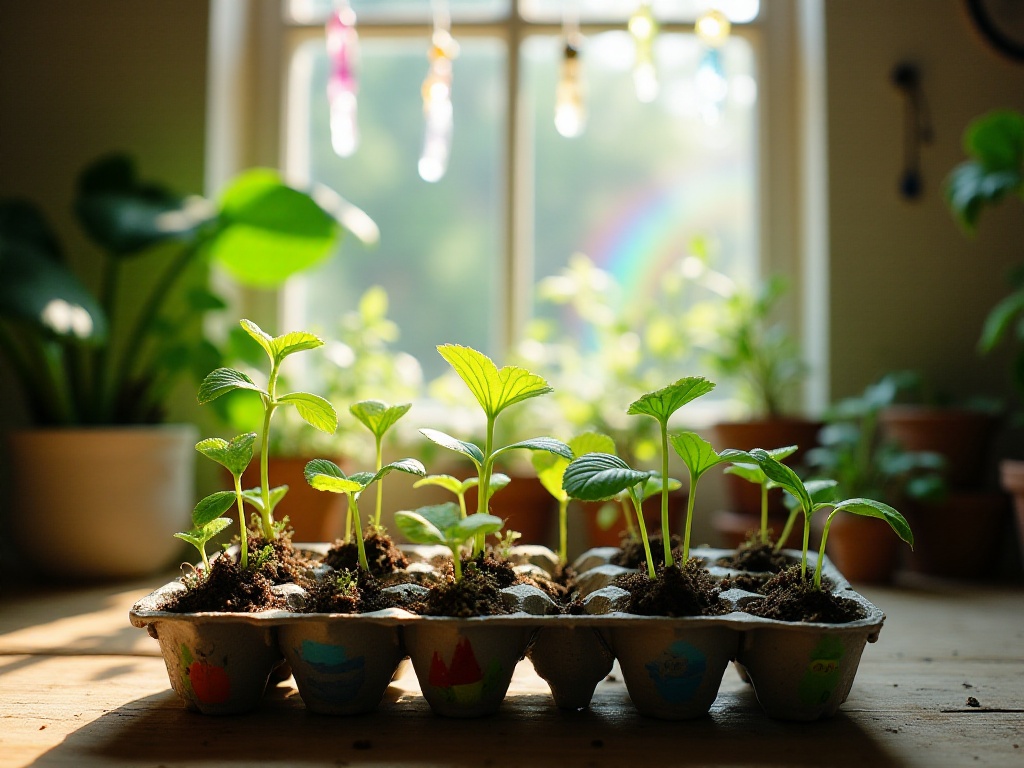
New Uses for Egg Cartons
Do you usually throw away egg cartons after using the eggs? Actually, egg cartons have an environmentally friendly purpose - they can be used for growing seedlings. This is especially practical and economical for households with limited space.
Seedling Steps
First, we need a used egg carton. Clean it thoroughly to ensure there are no remnants of egg liquid or shell fragments. Then, use a small spoon or your hands to fill each egg compartment with growing medium. You can either buy growing medium from stores or mix your own using peat, perlite, and sand.
Next, plant one seed in each compartment - choose seeds according to your preference. I personally recommend small seeds that germinate easily, like basil or lettuce. After planting the seeds, water gently, being careful not to disturb the growing medium.
Then, place the egg carton on a sunny windowsill where it can receive at least 6 hours of sunlight daily. If you're concerned about temperature, you can cover it with a clear plastic bag to create a mini greenhouse that maintains humidity and temperature.
Once you see seedlings emerge, remember to rotate them daily for even sun exposure. When the seedlings have two or three leaves, they're ready for transplanting. When transplanting, simply cut the bottom of each compartment and transfer the entire section, including the growing medium, to your garden or larger containers to minimize root disturbance.
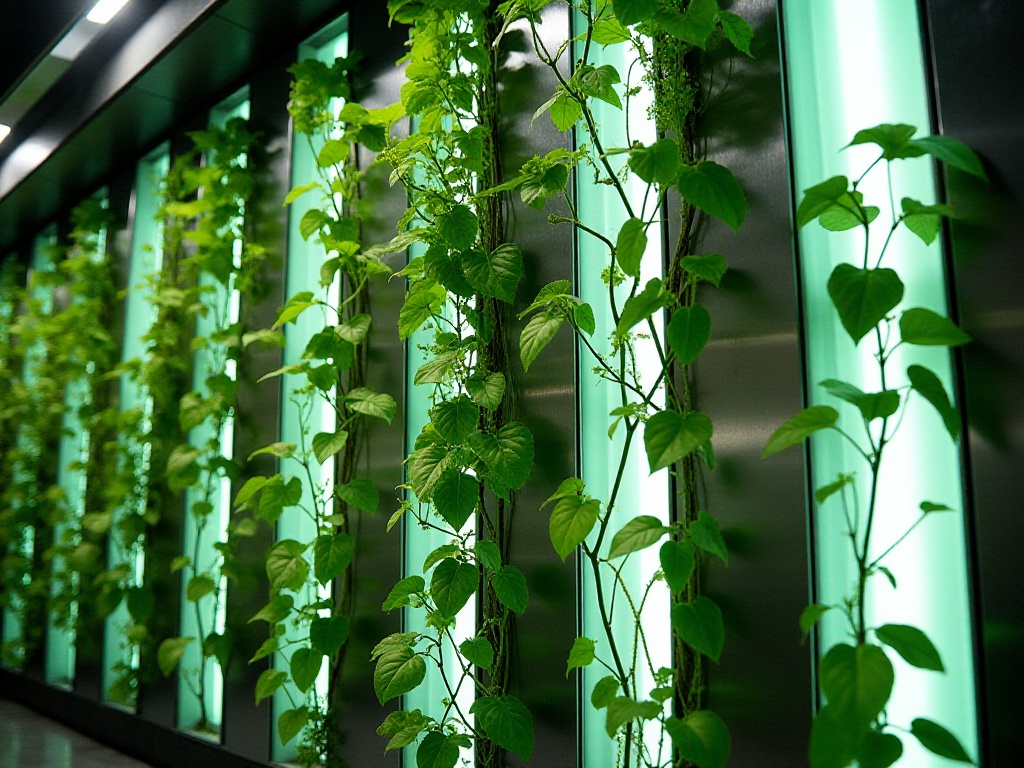
Advantages
The biggest advantage of this method is that it's practically cost-free. You're using egg cartons that would otherwise be discarded, and the growing medium might be materials you can mix at home. More importantly, this method is environmentally friendly, reducing waste while allowing you to grow fresh vegetables and experience the entire process from seed to table.
During the growing process, you'll find that egg cartons' structure is perfect for small plant growth. Each compartment acts like a tiny pot, providing a stable and independent growing environment. This setup helps seed germination as each seed has its own space, preventing competition that could affect germination rates.
Moreover, growing seedlings in egg cartons can be an excellent educational opportunity for families. Children can learn about the entire plant growth process from seed to seedling through hands-on experience. This not only teaches scientific knowledge but also cultivates respect and love for nature. Such parent-child activities are both fun and meaningful.
From an environmental perspective, using egg cartons for seedlings reduces the use of plastic seed trays. Traditional seed trays are often made of non-biodegradable plastic, while egg cartons can naturally decompose or be recycled. When transplanting seedlings to gardens or larger containers, the cardboard can be buried directly in the soil, not only avoiding environmental pollution but also serving as natural fertilizer to further promote plant growth.
Additionally, this method is particularly appealing to urban residents. In cities, balconies and windowsills are often people's only "gardens." Growing seedlings in egg cartons maximizes resource utilization in limited spaces. Even families without yards can experience the joy of gardening and harvest their own vegetables.
During the growing process, you might encounter some issues, like seeds not germinating or seedlings not thriving. In such cases, check if light, water, and temperature conditions are appropriate. Usually, problems arise from these basic conditions not being met. Once adjusted, plants will show renewed vigor.
The joy of growing seedlings isn't just in the harvest but in observing the growth process. Watching seedlings emerge from soil and gradually grow brings an indescribable sense of achievement. Moreover, these vegetables are ones you've grown yourself, making them not only healthy to eat but also a source of pride.
In conclusion, growing seedlings in egg cartons isn't just environmentally friendly - it brings life's pleasures, family warmth, and understanding of nature. I hope you'll try this simple yet interesting method and transform your home's little corners into vibrant gardens.
Related articles


